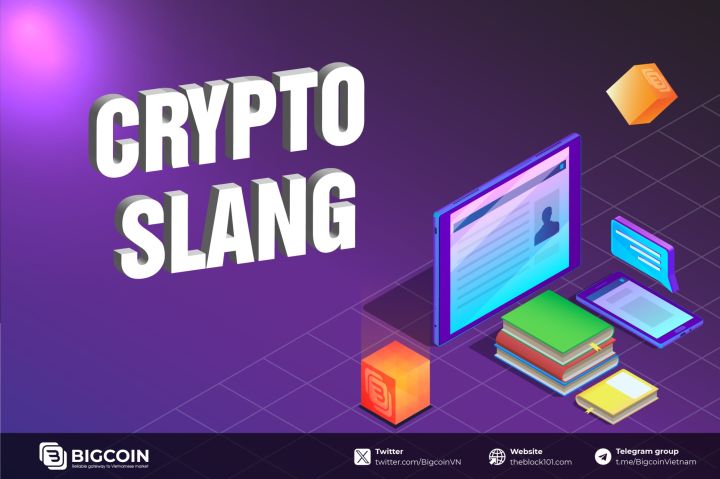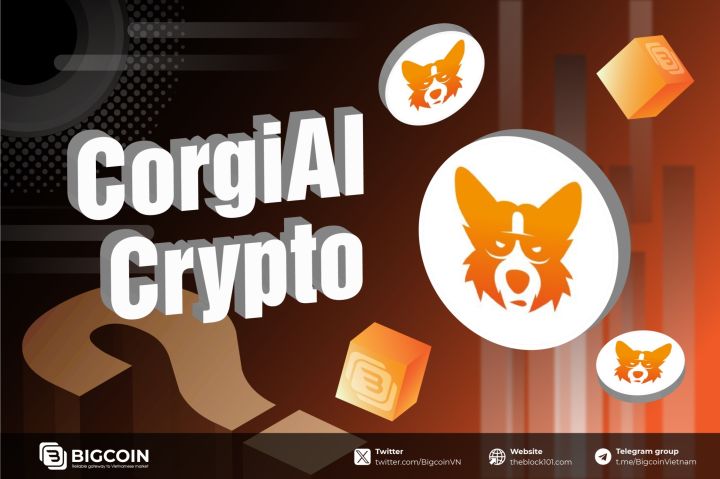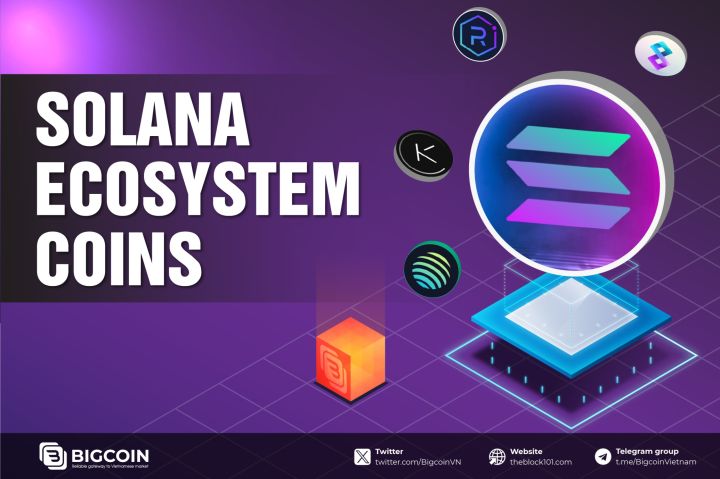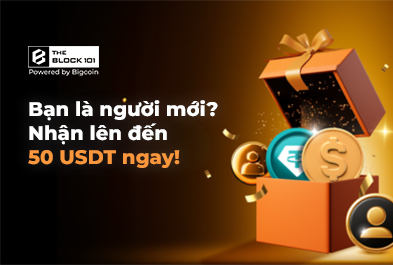1. Overview of Solana and Sui
.jpg)
Solana was founded in 2017 by Anatoly Yakovenko, a former engineer at Qualcomm. Originally conceived to be a decentralized exchange platform capable of competing with Nasdaq, Solana quickly pivoted into a full-scale blockchain network focused on high-speed transactions and low fees. The mainnet was officially launched in March 2020 under the development of Solana Labs and with support from the Solana Foundation in Switzerland. Solana has gained significant attention due to its hybrid consensus mechanism that combines Proof-of-History (PoH) with Proof-of-Stake (PoS), resulting in a high-performance blockchain capable of processing thousands of transactions per second.
In contrast, Sui was developed by Mysten Labs, which was founded in 2021 by former engineers from Meta’s Diem (Libra) project. With the goal of creating a high-speed, low-cost blockchain that is developer-friendly, Sui launched its mainnet in May 2023. Backed by major investors like Andreessen Horowitz and Coinbase Ventures, Sui aims to overcome the scalability limitations of traditional blockchains, including Solana, through its novel consensus mechanism and architecture.
Comparison:
While Solana has had a head start and has achieved significant market share with its established ecosystem, Sui has entered the space with revolutionary technology, and its potential for innovation makes it an exciting contender in the blockchain race.
2. Technology and Scalability
.jpg)
Solana utilizes a unique hybrid consensus mechanism, combining Proof-of-History (PoH) with Proof-of-Stake (PoS). PoH is not a traditional consensus algorithm but rather a time-stamping method that creates a historical record of events, making it easier to verify transactions without the need for additional computation. This allows Solana to theoretically achieve up to 65,000 transactions per second (TPS), although in practice, the network generally operates at around 2,400 TPS. Despite its impressive throughput, Solana has faced challenges with network congestion during periods of high demand, resulting in multiple outages and slowdowns in the past.
Sui, on the other hand, utilizes a completely different approach. It employs the Narwhal-Tusk consensus mechanism based on a Directed Acyclic Graph (DAG) combined with Byzantine Fault Tolerance (BFT). This enables parallel transaction processing, which drastically improves throughput. In tests, Sui has demonstrated the capability to handle 297,000 TPS with minimal latency, thanks to its unique architecture. Furthermore, Sui adopts an object-centric data model, where simple transactions bypass the consensus mechanism entirely, which reduces delays and increases efficiency.
Comparison:
Solana has proven itself in real-world scenarios with high throughput but struggles with network congestion during spikes in activity. Sui, in contrast, offers a theoretically superior design with parallel processing and low latency, but it still needs more time to prove its scalability under real-world conditions.
3. Programming Language and dApp Development
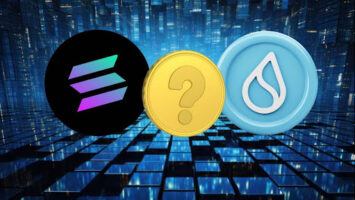
Solana supports smart contract development using Rust, C, and C++, which are powerful and widely used languages known for their high-performance capabilities. However, these languages can be complex, and developers must have advanced experience, particularly with Rust, which is known for its steep learning curve. Additionally, coding errors such as reentrancy attacks can occur if developers do not fully understand the nuances of these languages.
Sui uses Move, a programming language originally developed for Meta’s Diem project. Move is designed with a strong focus on security and asset management, making it an excellent choice for developers who prioritize safe and efficient smart contract execution. The language is also designed to facilitate parallel transaction processing, which aligns with Sui's overall architecture. Moreover, Move is more developer-friendly, with simple syntax and helpful tools like Move Studio, which makes it easier to get started with development.
Comparison:
While Rust offers powerful functionality and high performance for Solana, it can be difficult for new developers to learn and use correctly. Move, on the other hand, is designed for security and ease of use, particularly for developers working on asset management and parallel transaction processing.
4. Ecosystem and Adoption
.jpg)
Solana boasts a well-established ecosystem with more than 500 dApps across areas such as DeFi (with TVL over $1 billion), NFTs, and gaming. The Phantom wallet has over 4 million downloads, and there are around 2,900 active developers contributing to the platform. Solana has established strong partnerships with prominent companies such as Visa, Stripe, and Circle (USDC), which solidify its position in payments and decentralized finance.
Sui, being newer, has a smaller ecosystem, with around 50 dApps currently deployed, primarily in gaming, NFTs, and Web3. The Sui Wallet has surpassed 1 million downloads, but its TVL is currently under $50 million, indicating that the platform’s adoption is still in its early stages. Nevertheless, Sui has attracted considerable interest from gaming projects due to its high-speed and low-cost features, with major support from Mysten Labs and investors like Andreessen Horowitz.
Comparison:
Solana clearly leads in terms of ecosystem size and developer activity. However, Sui is making rapid strides in the gaming sector and has the potential to grow quickly if it can scale its platform and attract more developers and users.
5. Tokenomics
.jpg)
Solana (SOL) has a max supply of 500 million tokens, with approximately 474 million SOL currently circulating. Solana’s tokenomics is designed to support transaction fees, staking, and governance, with an inflation rate that is gradually decreasing from 8% to 1.5% over time, which provides a more predictable long-term supply. The ICO price for SOL was $0.22, resulting in significant returns for early investors.
Sui (SUI) has a max supply of 10 billion tokens, with 50% allocated to community reserves and the remainder distributed to investors, the team, and collaborators. Currently, only 27% of the total supply is in circulation, meaning there is a risk of token dilution as more tokens are unlocked in the future. The ICO price for SUI was $0.10, with expectations that its market cap could reach $70 billion if the platform achieves rapid adoption.
Comparison:
Solana’s tokenomics are more stable, with a predictable inflation rate and a manageable supply. On the other hand, Sui faces potential risks from token dilution due to the large portion of tokens that have yet to be released into circulation.
6. Strengths and Weaknesses
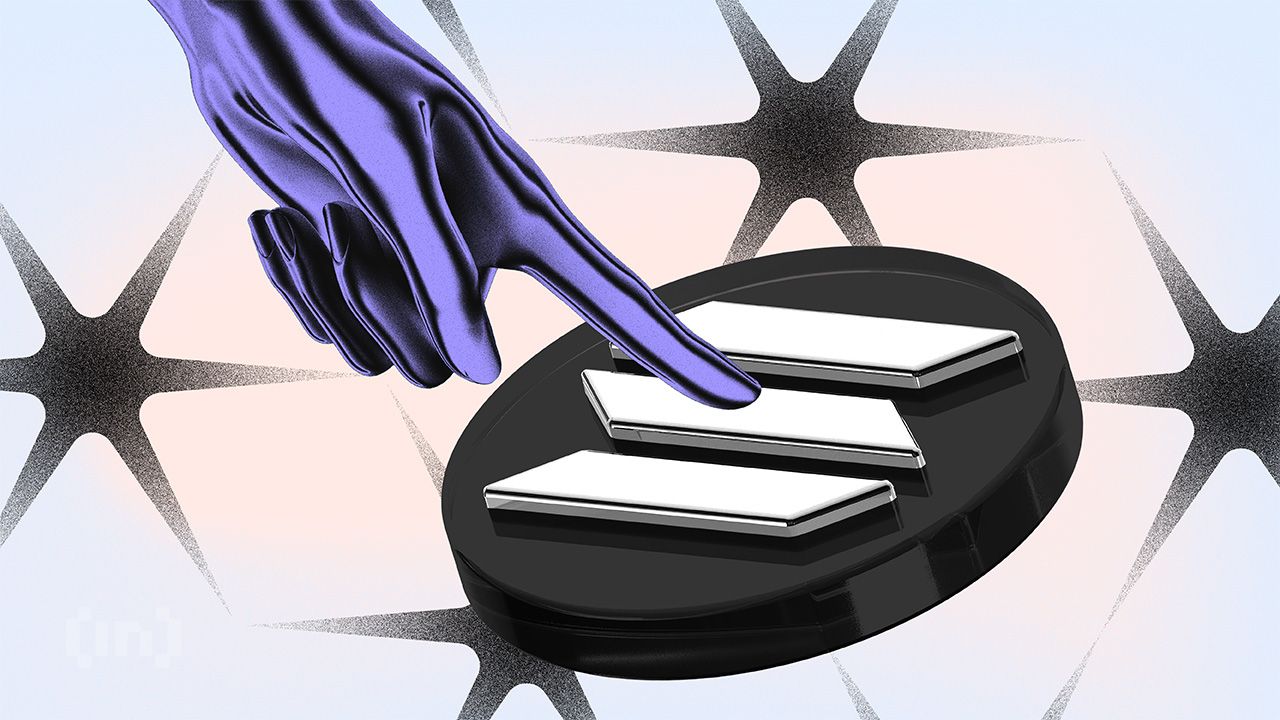
Solana:
-
Strengths: Proven high-performance capabilities, a large and diverse ecosystem, strong community support, partnerships with major companies.
-
Weaknesses: Network congestion during high-demand periods, occasional downtime, and unpredictable transaction fees during spikes in activity.
Sui:
-
Strengths: Innovative parallel transaction processing, low latency, strong potential in gaming and Web3 applications, developer-friendly Move language.
-
Weaknesses: Smaller and less mature ecosystem, scalability under high traffic not yet fully proven, potential risk of token dilution due to the supply structure.
7. Future Prospects
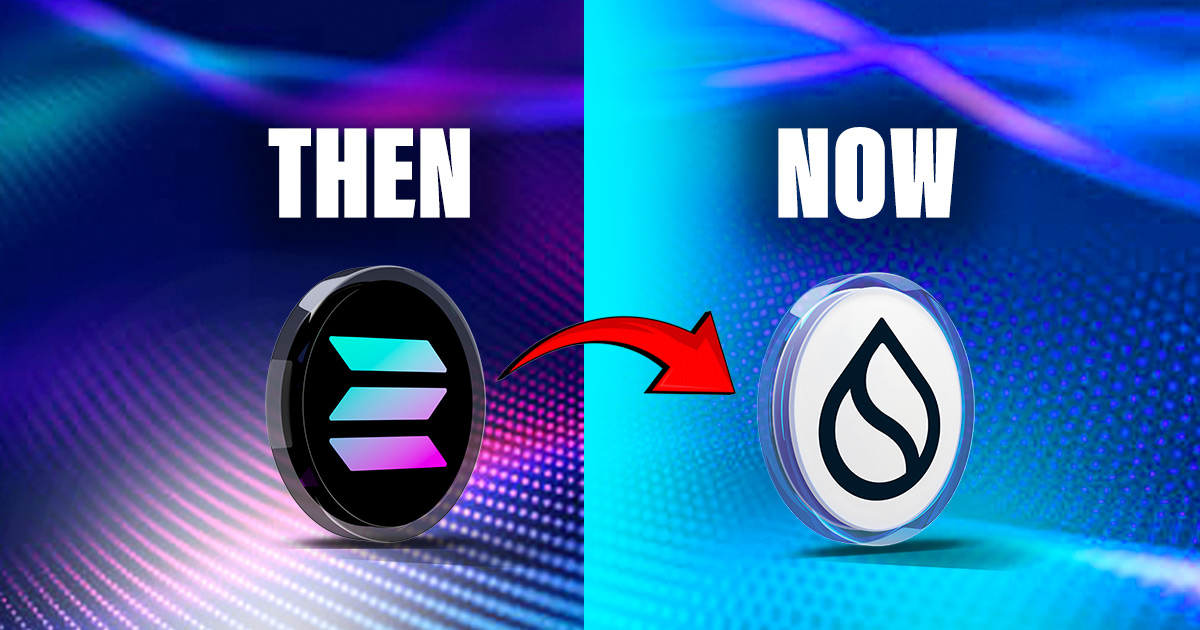
Solana is expected to remain a major player in the blockchain space through 2025 and beyond. Its established ecosystem, impressive performance, and strong recovery from market downturns make it an attractive choice for developers and investors. However, its challenges with network congestion and potential stability issues could pose a threat in the face of increasing competition.
Sui, although new, shows immense promise with its cutting-edge technology and backing from prominent investors. If it can continue to improve its scalability and grow its ecosystem, particularly in gaming and Web3 applications, Sui could emerge as a formidable challenger to Solana’s dominance in the long term.
8. Conclusion
The race between Sui and Solana represents not just a battle between the old and the new, but a reflection of the broader trends in blockchain development: speed, scalability, and real-world utility. Solana currently holds a leading position due to its robust and proven ecosystem, making it a solid choice for investors seeking stability. Sui, with its advanced technology and developer-friendly tools, has the potential to revolutionize blockchain applications, particularly in gaming and decentralized finance. As of 2025, Solana remains the more established and stable option, but Sui may very well disrupt the market as it continues to scale and prove its capabilities.
Read more:

 English
English Tiếng Việt
Tiếng Việt.png)
.jpg)

.jpg)
.jpg)
.jpg)

.jpg)
.jpg)
.jpg)
.jpg)
.jpg)
.jpg)

